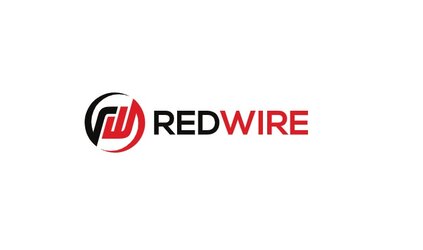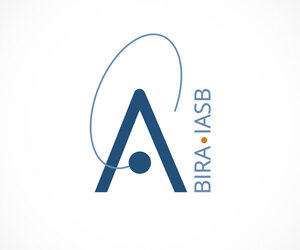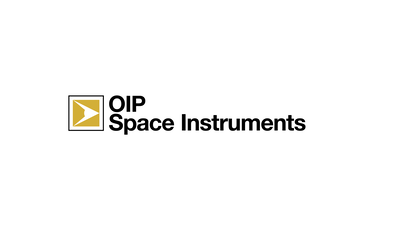Measuring ozone
The Dobson spectrophotometer and light detection and ranging are commonly used to measure overhead ozone from the ground. Developed in 1924, the Dobson spectrophotometer is the earliest instrument used to measure ozone, and modern versions continue to provide data. However, instruments carried by satellites provide consistent global measurements over decades.
Satellites carrying sensors such as imaging spectrometers observe sunlight that is scattered back to space by Earth’s surface and atmosphere and, in doing so, detect the unique fingerprints of gases, such as ozone in different parts of the spectrum. Such unique fingerprints are called the Hartley or Chappuis absorption bands referring to the absorption of electromagnetic radiation by ozone, which is especially noticeable in the ozone layer. Ozone absorbs a small part of sunlight in the ultraviolet and visible portion of the electromagnetic spectrum. The Hartley absorption band occurs between 290 and 350 nm while the Chappuis absorption band occurs at wavelengths between 400 and 650 nm. Values of ozone concentration are therefore obtained by measuring the absorption depth in these specific wavelengths.
However, most satellites provide column measurements, i.e. the total amount of a gas in a column of air. Satellites carrying limb sounders provide profiles of gases that show different concentrations of a gas at different altitudes.
Since ESA’s Envisat mission ended, there are only a few instruments in orbit that provide ozone profiles, and some of these will terminate in the next few years.
Once it has been launched in 2026, the Altius mission will provide profiles of ozone over the following three years.















 Germany
Germany
 Austria
Austria
 Belgium
Belgium
 Denmark
Denmark
 Spain
Spain
 Estonia
Estonia
 Finland
Finland
 France
France
 Greece
Greece
 Hungary
Hungary
 Ireland
Ireland
 Italy
Italy
 Luxembourg
Luxembourg
 Norway
Norway
 The Netherlands
The Netherlands
 Poland
Poland
 Portugal
Portugal
 Czechia
Czechia
 Romania
Romania
 United Kingdom
United Kingdom
 Slovenia
Slovenia
 Sweden
Sweden
 Switzerland
Switzerland





























